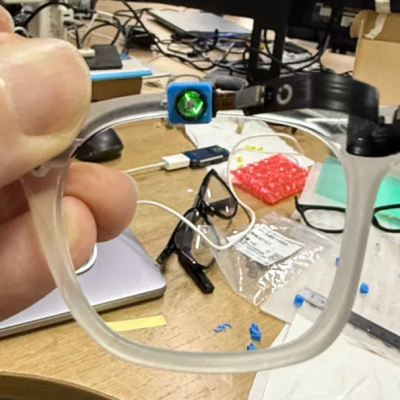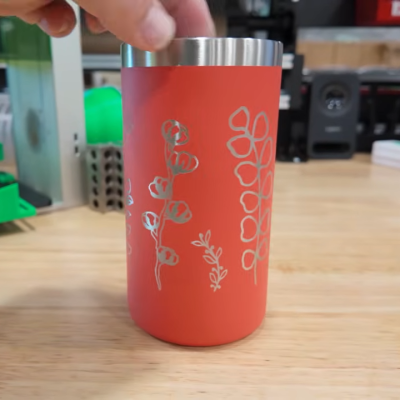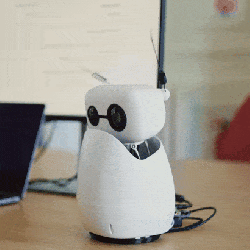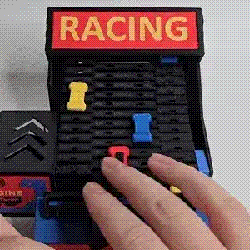OpenAI have just released gpt-oss, an AI large language model (LLM) available for local download and offline use licensed under Apache 2.0, and optimized for efficiency on a variety of platforms without compromising performance. This is their first such “open” release, and it’s with a model whose features and capabilities compare favorably to some of their hosted services.
OpenAI have partnered with ollama for the launch which makes onboarding ridiculously easy. ollama is an open source, MIT-licensed project for installing and running local LLMs, but there’s no real tie-in to that platform. The models are available separately: gpt-oss-20b can run within 16 GB of memory, and the larger and more capable gpt-oss-120b requires 80 GB. OpenAI claims the smaller model is comparable to their own hosted o3-mini “reasoning” model, and the larger model outperforms it. Both support features like tool use (such as web browsing) and more.
LLMs that can be downloaded and used offline are nothing new, but a couple things make this model release a bit different from others. One is that while OpenAI have released open models such as Whisper (a highly capable speech-to-text model), this is actually the first LLM they have released in such a way.
The other notable thing is this release coincides with a bounty challenge for finding novel flaws and vulnerabilities in gpt-oss-20b. Does ruining such a model hold more appeal to you than running it? If so, good news because there’s a total of $500,000 to be disbursed. But there’s no time to waste; submissions need to be in by August 26th, 2025.






















